The arrival of the Pixel 7a last year showed that Google could produce a competent midrange phone if it wants to, giving users a lot of the same features found on its flagship phone at a fraction of the price. At the same time however, there are some limitations that hold back the Pixel 7a from being a true flagship phone, but is that such a bad thing?
With that in mind, it’s been quite some time now since its launch – that means a year’s worth of software updates and refinements that in theory should improve the overall user experience. But is that the case? Let’s take a look.
Overall Performance
![]()
Like the Pixel 7 before it, my initial experience using the Pixel 7a last year was a mixed bag. The Tensor G2, 90Hz display and 8GB of RAM made for a rather smooth user experience, without any slowdowns and freezing in day-to-day usage. However battery life and thermals left a lot to be desired, and the phone would usually require me to charge again within less than 24 hours.
With the arrival of Android 14 however, I have noticed some improvements – the phone got noticeably less warm under the same usage conditions, and I ended up getting a bit more screen on-time than my early experience. It felt like a more complete Pixel experience with less restrictions as far as performance was concerned. Of course after a year my battery’s full capacity has lessened a bit, so elements like these still factored into the overall experience.
Software Tricks
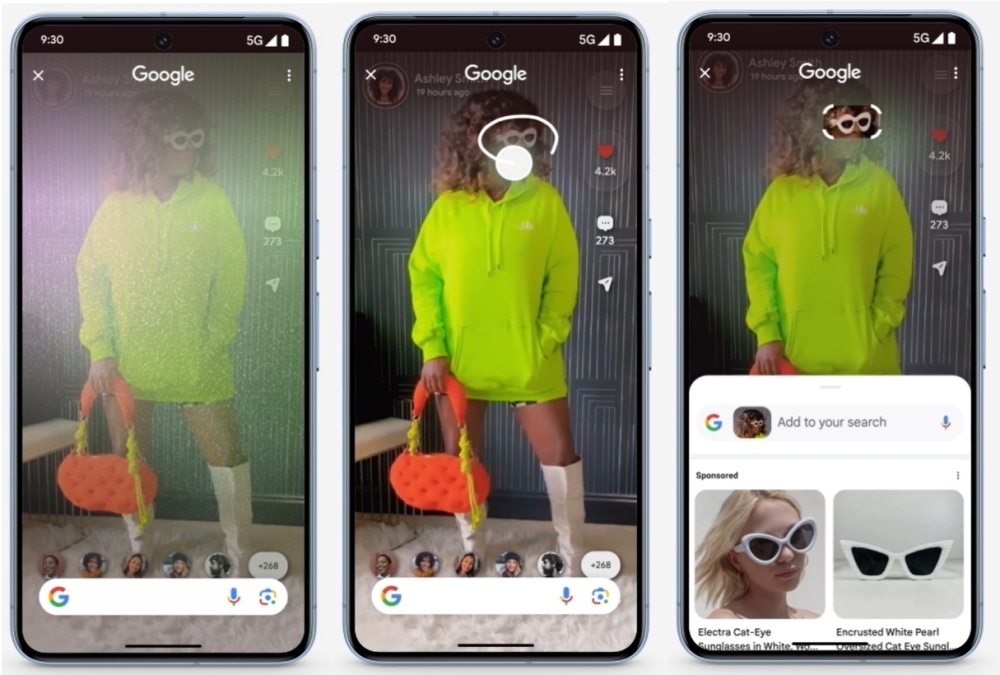
With Google’s latest feature drops, the Pixel 7a also means that you now have a cheaper entry point into Google’s product ecosystem as well as its new AI features for mobile. The 7a is compatible with new features such as Circle to Search, Magic Editor, as well as Google’s Gemini Nano AI model, a version of Gemini that’s designed for smartphones.
Of course you still get the same useful software features from before, including spam call and message filtering, call screening, and Google’s amazing voice-to-text recognition software to name a few. If you’re just planning on getting one, you should know that Google will support the phone for up to 2026 with major Android version upgrades, and monthly security patches up until 2028.
Camera: Delightfully Consistent
Aside from software support, one of the Pixel 7a’s main highlights is its camera performance. If you’re no stranger to Pixel phones, then you’ll be pretty much familiar with what the 7a’s camera is capable of with the signature image quality and computational photography that’s consistent across nearly all Pixel phones.
For newcomers, the Pixel 7a comes with a lot of the same features found on its more expensive siblings, such as “Portrait Mode,” “Night Sight,” and 4K video recording at up to 60 frames per second. There are some missing features however such as the “Blur” video effect, which is exclusive to the mainline Pixel flagships.
Hardware Durability
![]()
Unlike the more expensive Pixel phones, the 7a comes with a plastic rear panel (versus glass), a Gorilla Glass 3 display (versus Victus), and IP67 dust and water resistance (versus IP68). After one year, my Pixel 7a mostly remained intact due to me using a case and screen protector. In the past couple of months though I decided to rock the phone caseless, taking care not to drop or scratch it in some way.
Surprisingly, it has held well. The glossy plastic back was surprisingly resilient to micro-scratches, although I was always mindful to place it with the screen protector facing down whenever I wasn’t using it. Of course I’m not suggesting that you don’t use a case, as that will no doubt prolong the life of your phone – but it is possible to use the Pixel 7a sans protection if you’re careful enough.
More Affordable Now?
![]()
The Pixel 7a was originally launched at $500, but as with most Pixel phones it can now be found for around $300 (or sometimes even less), making it a very affordable option compared to other phones like the newer Pixel 8a and even the Pixel 7. For this price, you get the core Google Pixel experience and camera performance without spending too much.
Of course, you could always wait for the Pixel 8a to drop in price which should bring it pretty close to the 7a’s current pricing, but on its own the Pixel 7a remains a great way to get into Google’s vision for Android.
Note: this article may contain affiliate links that help support our authors and keep the Phandroid servers running.

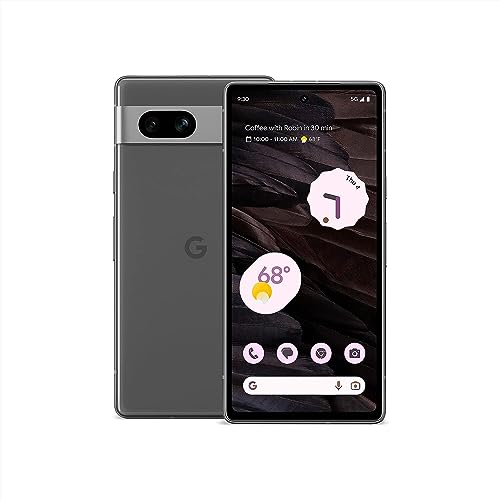
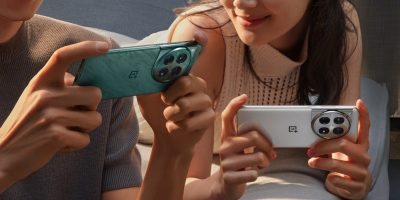
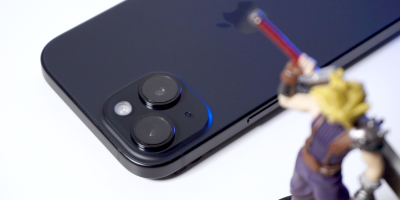
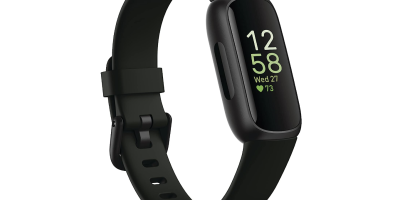

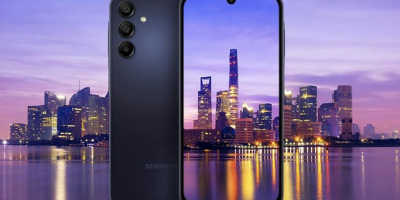
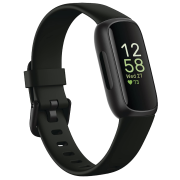
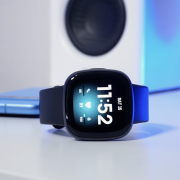


Comments